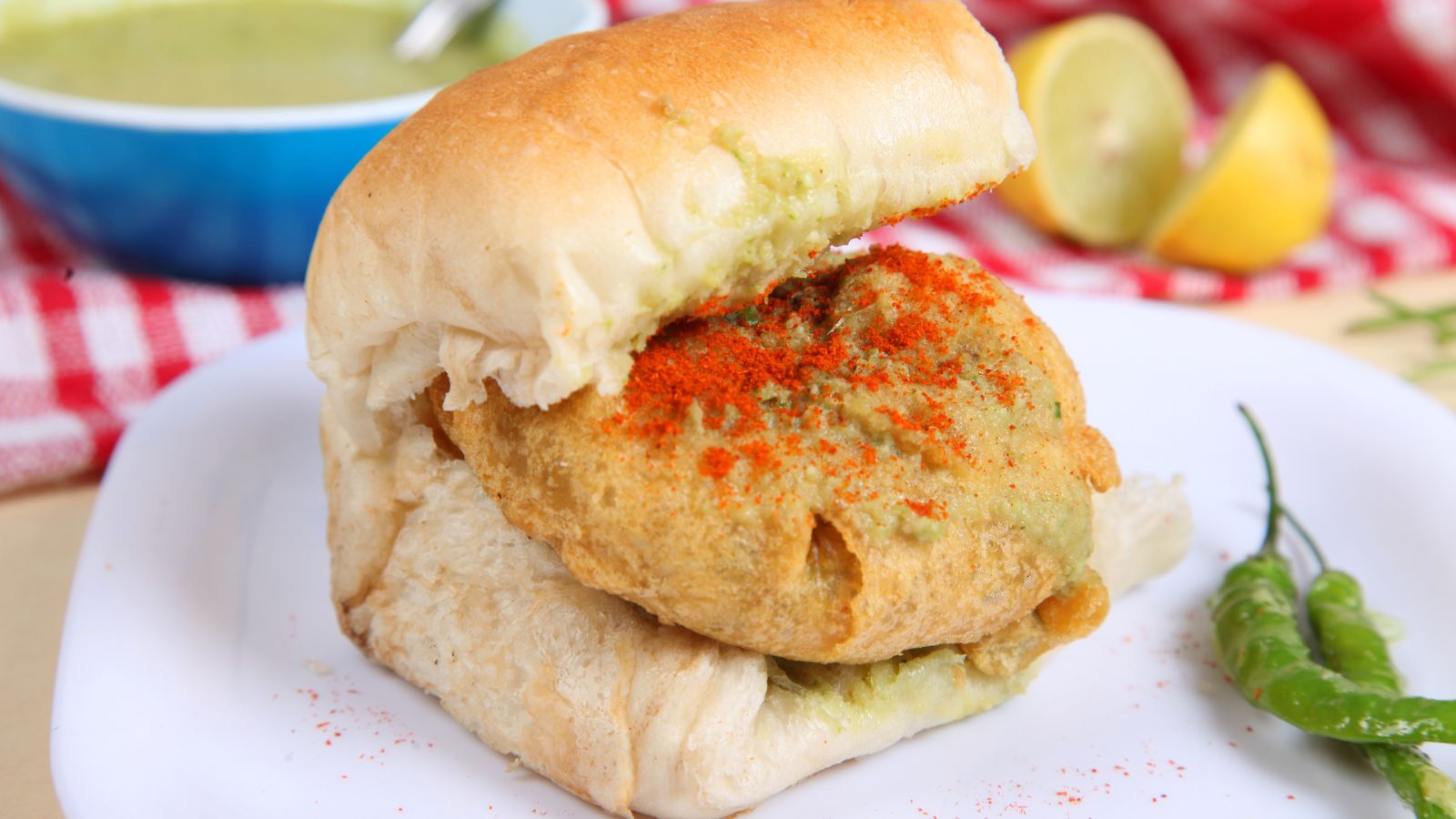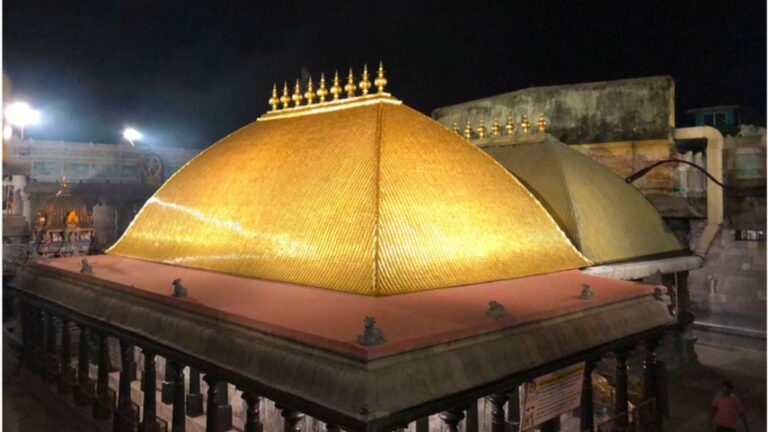Vada Pav is often described as Mumbai’s most iconic street snack. Ashok Vaidya is widely credited with creating it in 1966, when he ran a small tea stall outside Dadar railway station, where thousands of textile mill workers passed every day. Inspired by Balasaheb Thackeray’s call for Maharashtrians to become entrepreneurs like the South Indians running Udupi cafés, Vaidya wanted to serve food that was affordable, portable, and filling for the city’s working class in central Mumbai, then known as Girangaon, or “village of mills.”
He experimented by placing a freshly fried batata vada (a spiced mashed‑potato fritter coated in chickpea batter) inside a sliced pav and adding garlic and coriander chutney, and a fried green chilli on the side. Affordable, easy to carry, and satisfying, the snack was perfect for workers rushing to their shifts, and its popularity soon spread beyond the mill districts.
As textile mills shut down in the 1970s and 1980s, many former mill workers opened their own Vada Pav stalls, encouraged by Shiv Sena’s promotion of Marathi food culture. Today, Vada Pav is synonymous with Mumbai’s spirit. It is vegetarian, affordable, and deeply connected to the city’s mill‑town legacy. August 23 is celebrated as World Vada Pav Day in Maharashtra to honor its creation and significance as the biggest culinary gift to food lovers.



